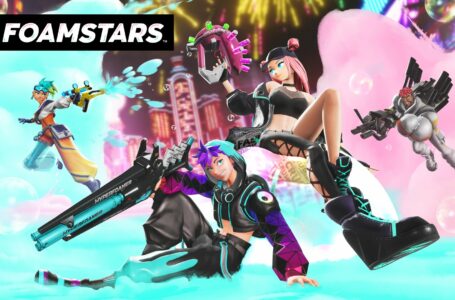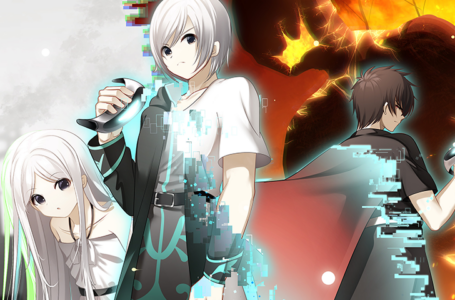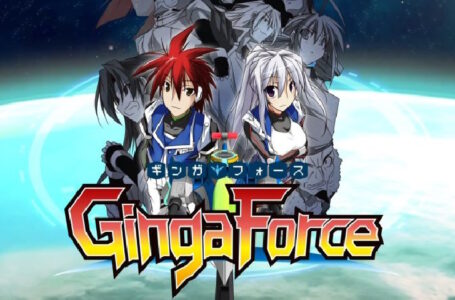Blissful Death: defining shoot ’em up experiences with The Raiden Project
As a Gamer of a Certain Age, I grew up with shoot ’em ups of all shapes and sizes — from the earliest days of fixed shooters like Space Invaders and Galaxian to what were, at the time, technically astounding feats such as the Thunder Force series. But one shoot ’em up experience that sticks in my mind more than any other is The Raiden Project on the original PlayStation.
For the unfamiliar, The Raiden Project was a launch title for the original PlayStation in North America and Europe, and is a compilation featuring PlayStation ports of both Seibu Kaihatsu’s original Raiden from 1990 and its 1993 sequel; for a long time, this was the only home conversion of the latter.
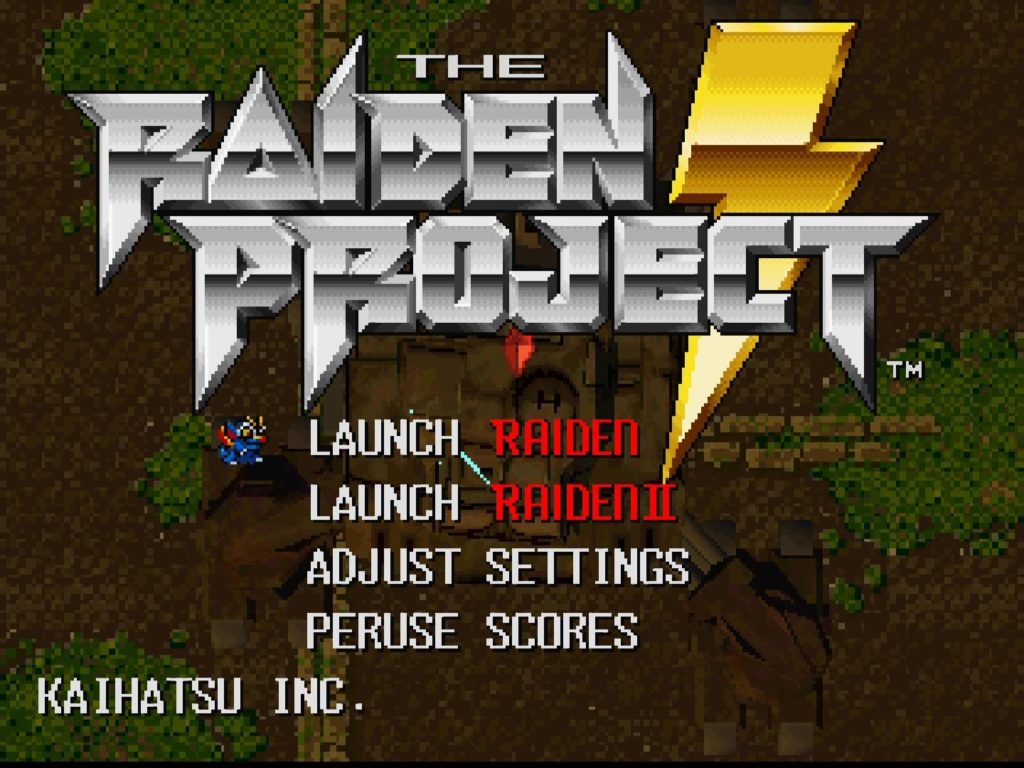
I had mixed feelings when I first encountered The Raiden Project; my brother, who was working on video games magazines at the time, had come home to visit me and my parents and had brought the exciting new PlayStation console with him. He showed us Ridge Racer, he showed us Tekken… and he also brought the Japanese version of Raiden Project (which lacked the “the” at the beginning) with him — though seemed a little less enthused about this one.
Ridge Racer and Tekken were, of course, gobsmacking, but something drew me to that Japanese disc of Raiden Project. I booted it up and gave it a go… and was confronted by a then-impressive polygonal introductory sequence that showed a spaceship blasting off and fighting against a huge mechanised monstrosity. Impressive stuff; exactly what I’d expect from the PlayStation.
But then I picked “Play Raiden” from the menu, and I was confronted with a 2D, sprite-based, vertically scrolling shoot ’em up of the type that I typically associated with the 16-bit consoles we were leaving behind. I was a little taken aback at the time — I’d like to emphasise that I was young and stupid — but nonetheless intrigued. What was this seemingly out-of-place, out-of-time shoot ’em up doing on this exciting new polygon-pushing platform that, elsewhere, was providing us the opportunity to enjoy high-speed, near arcade-perfect racing thrills and beautifully animated fighting action?
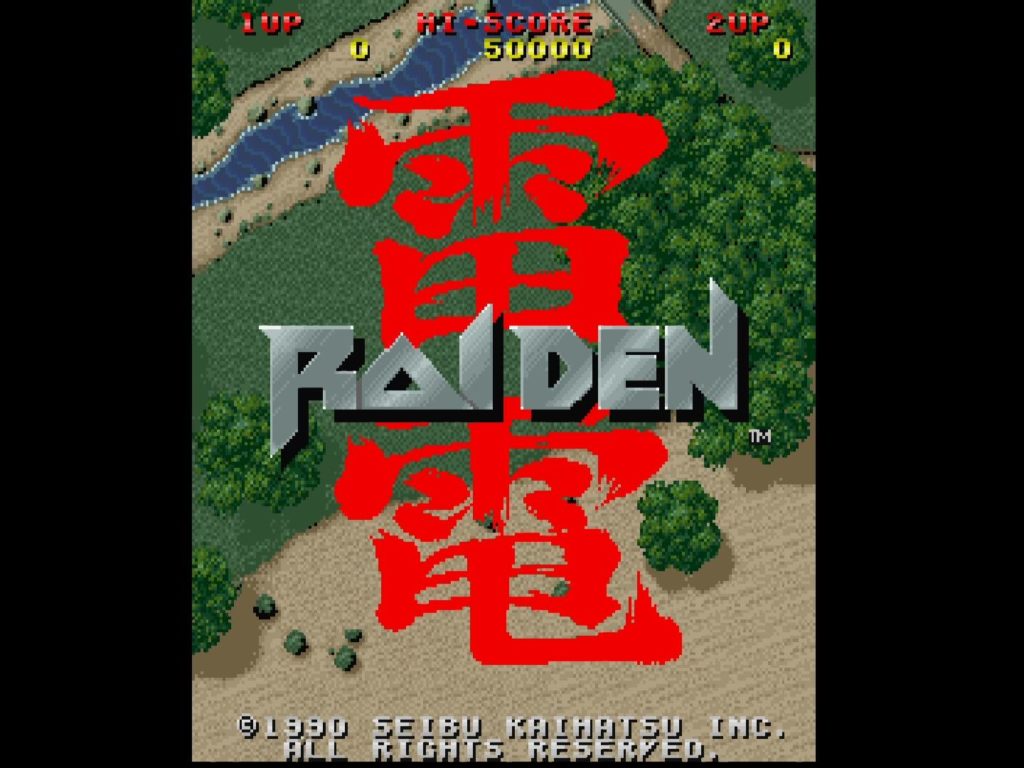
Needless to say, while that Japanese PlayStation was in our household, I ended up playing Raiden Project more than the other two games by quite a considerable margin. Because that is, as some kid somewhere probably once said, how I roll.
It wasn’t even intentional. There was just something that felt oddly “wrong” about the experience that left me wanting to eschew the “obviously impressive” titles such as Ridge Racer and Tekken in favour of these pixelated 2D shoot ’em ups. I’ve always been one for a gaming underdog — and here was a very obvious case of a game that looked set to be both overlooked and underappreciated in favour of more obviously impressive fare that was being pushed at the time.
Of course, now, in retrospect I recognise that both Raiden and Raiden II are wonderfully enjoyable shoot ’em ups in their own right — and that The Raiden Project is a great way to enjoy them — but at the time? It just felt a bit… wrong.
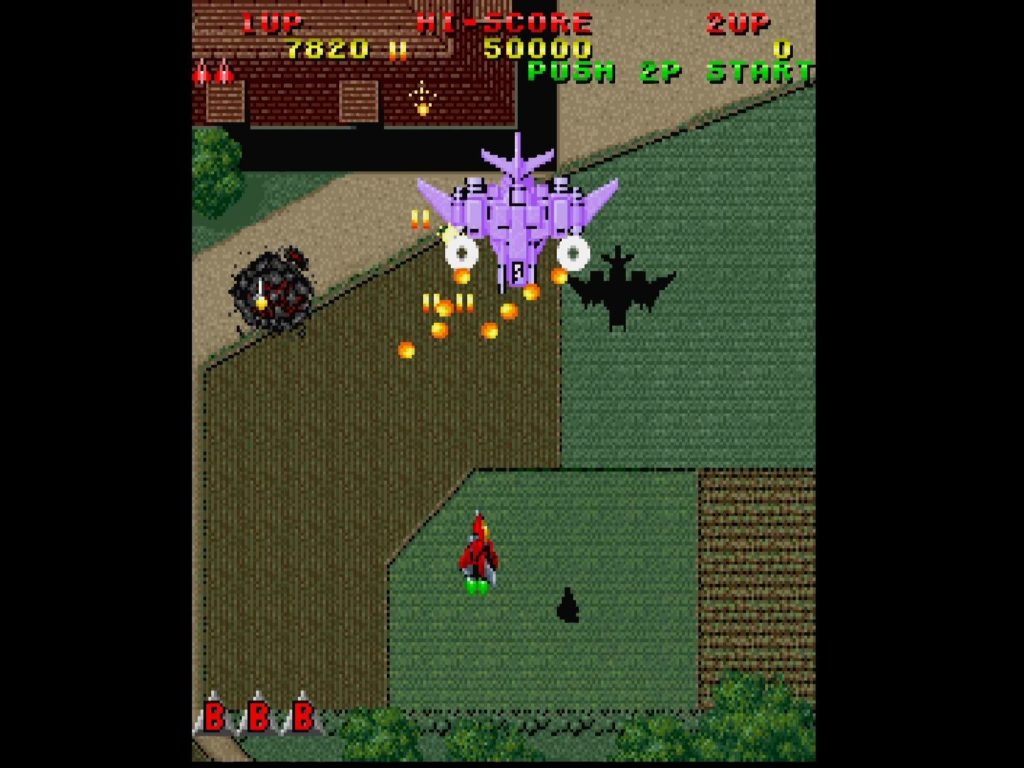
But I digress. For those unfamiliar, the two Raiden games are defining influences on a very specific breed of modern vertically scrolling shoot ’em up — the kind that isn’t bullet hell, but which somehow still manages to be monstrously difficult and unforgiving.
In Raiden and its sequel, you fly a little red ship (blue if you’re player 2) and take on the seemingly never-ending forces of the Crystal empire as you attempt to save Earth from yet another alien invasion. Along the way, you’ll encounter all of the things you’d expect from a modern shoot ’em up — popcorn enemies that take just a single shot to kill, but which can still be a menace; stronger enemies which require a sustained barrage to defeat; ground targets that reveal hidden score items; and enormous bosses that want nothing more than to splatter you across the countryside.
Raiden has a number of distinguishing features that continue to inform its later installments to this day. Most significant of these is its power-up system. In both Raiden games, one specific type of enemy will always drop power-ups when you defeat them, and these will be one of several types.
Coloured tokens cycle between red and blue (and purple in Raiden II) — collecting a particular colour gives you a specific weapon. Red gives you a Vulcan cannon, blue gives you a powerful but narrow-range laser, purple gives you what has become affectionately known as “the toothpaste laser”.
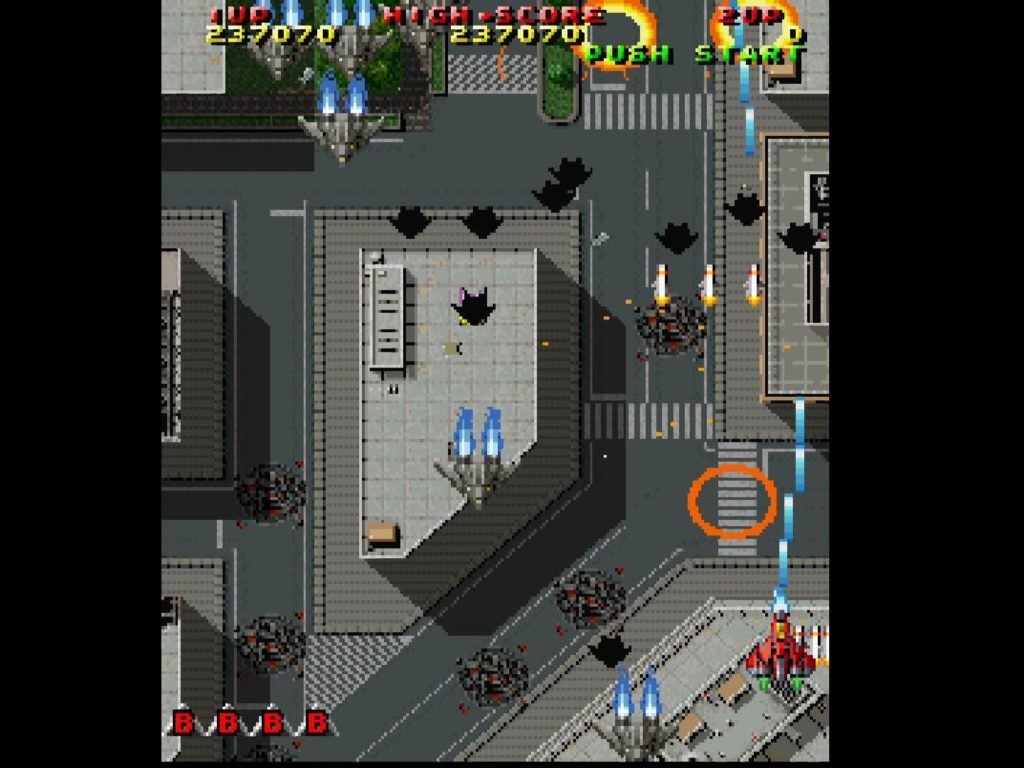
Collecting the same colour as you’re already using powers up the weapon; collecting a different colour switches to a different weapon at the same power level. And each of the weapons have their obvious pros and cons, making them more or less useful in different situations.
For example, the Vulcan cannon, when upgraded fully, has the widest spread shot, making it great for dealing with incoming swarms of popcorn enemies; on the other hand, it’s not nearly as powerful as the blue laser, which can devastate strongly armoured foes — including bosses — much more quickly than any other weapon. The toothpaste laser, meanwhile, locks on and attaches to foes around the screen, allowing you to hit and continuously damage multiple targets simultaneously — as well as destroy any foes unfortunate enough to fly into your bending, knotted laser pattern — but the trade-off is that this is the least powerful of all the weapons.
Alongside these main weapons, there are also two subweapons; missiles fire straight ahead and deal a little more damage, but homing missiles… well, they home in on things. And, of course, you have bombs — but these aren’t screen-clearing bombs as seen in bullet hell games; rather, you actually drop these and they cause a blast radius, meaning you can’t just “panic bomb” to get yourself out of trouble quickly.
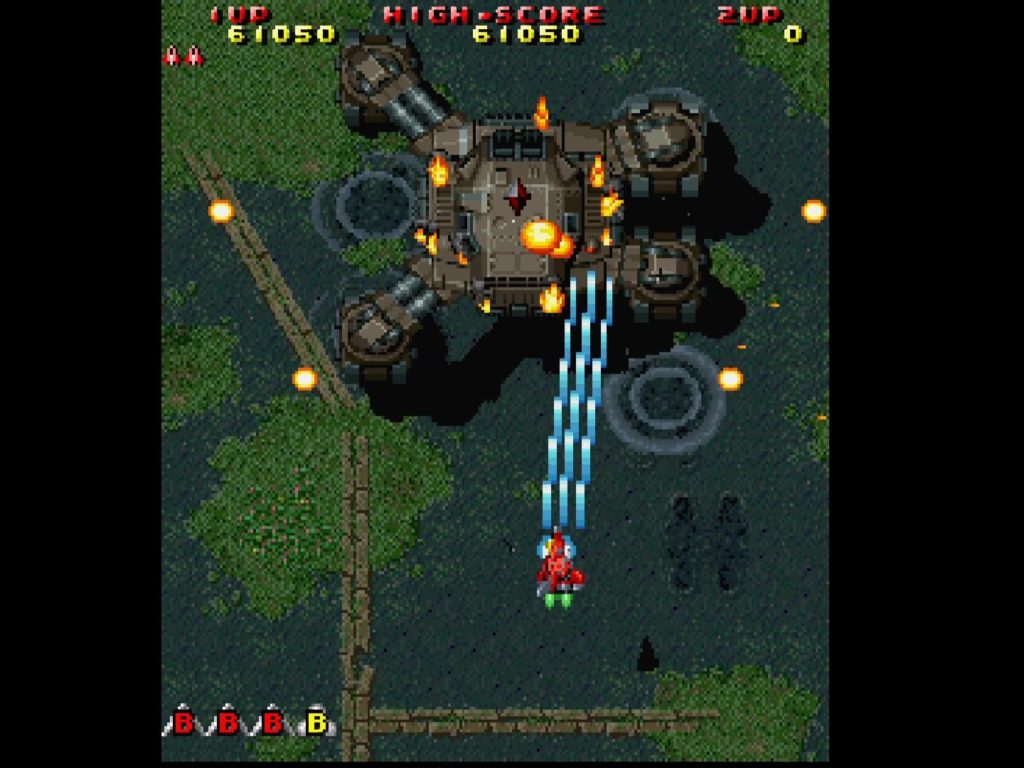
Raiden’s genius is in how well balanced all these weapons are. You can feasibly make your way through the game with any of your preferred weapons — though the toothpaste laser is arguably the most difficult with which to do so. Every one of them has a use, and they all have a distinctive “feel” to them, making them a consistent pleasure to use.
Both Raiden games combine this solid mechanical basis with a clear design language that helps you intuitively understand how you should approach the challenges ahead of you. The “power-up ships” look very similar in both games; it’s easy to distinguish destroyable ground targets from simple background detail; and even the sounds used provide helpful feedback. Popcorn enemies are dispatched with a faintly unsatisfying synthesised “crumbling” sound, while larger enemies make use of delightfully bassy digitised explosions that make it very clear you’ve taken down something worth crowing about.
Both games reward memorisation of the incoming attack patterns, and make it practical to do so thanks to their relatively sedate pace compared to some other shoot ’em ups. These are very much games that reward a bit of solid practice — and you might be surprised how quickly you can improve if you really pay attention to what’s going on.
On top of all that, one of my favourite things about both Raiden games — and indeed their successors — is how much environmental storytelling there is going on. Whether it’s a farmer frantically trying to move his cattle out of a field as an aerial dogfight goes on high above him, or the tank tracks that are visible all the way through a level until you finally discover what was making them, both Raiden games are filled with wonderful little details that reward the observant; sometimes these little details even conceal actual in-game rewards of some description!
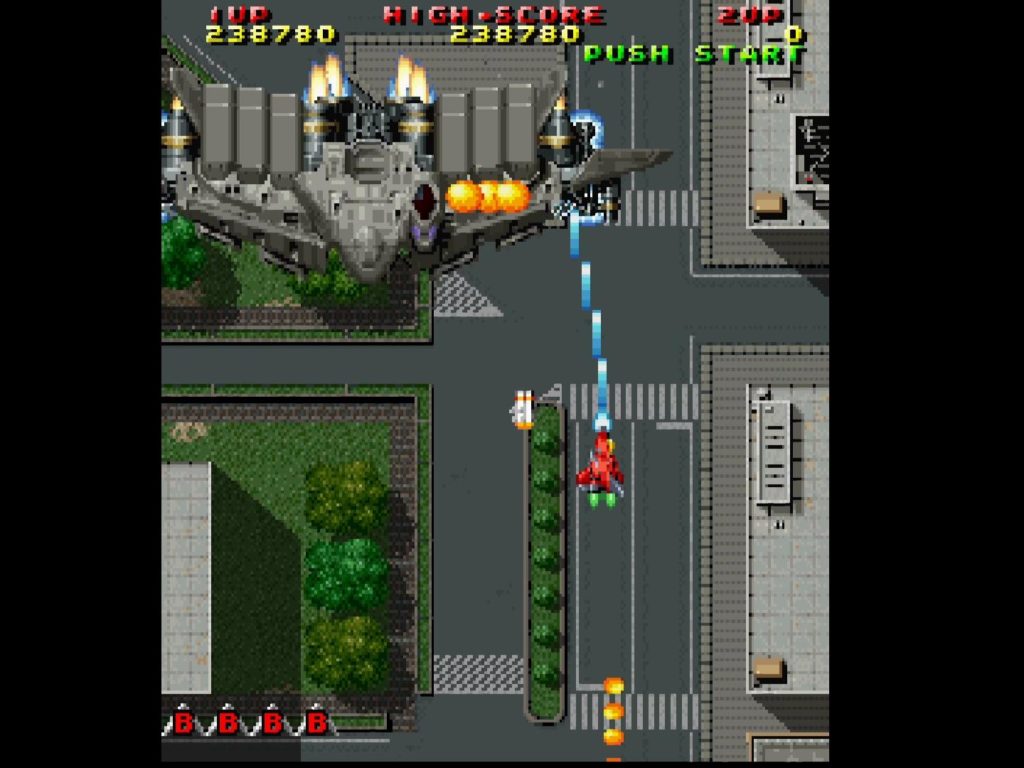
As with most shoot ’em ups, it’s worth noting that there’s absolutely no shame in bumping Raiden and its sequel down to the minimum “Captain” difficulty level, because the game still puts up a stiff fight. The Raiden Project also provides the opportunity to increase or decrease the number of credits you have available to you while you play, so whether you’re taking aim for a one-credit clear or hoping to credit-feed your way through to the finale, you can enjoy the game how you want.
My favourite feature of The Raiden Project specifically, though, is that both games feature both their original arcade soundtracks and a remixed, rearranged version to enjoy. To be honest, the latter is one of the main reasons why I found myself playing that Japanese Raiden Project disc so much back when I first discovered it; the tunes are great, and really captured the sort of pop-inspired, melodic tracks that I had always loved to hear in shoot ’em ups. Raiden II’s remixed score in particular is one I still find enormously catchy to this day — and just thinking about it makes me keen to have just one more go.
While there are plenty of different ways to experience the original Raiden games today — the arcade version of the first Raiden was recently released as part of Hamster’s Arcade Archives series, for example — there will always be something special about that Raiden Project disc to me. I still have that original Japanese copy, as it happens, even though I don’t actually have a working Japanese PlayStation any more at the time of writing; over time it’s become an oddly treasured possession.
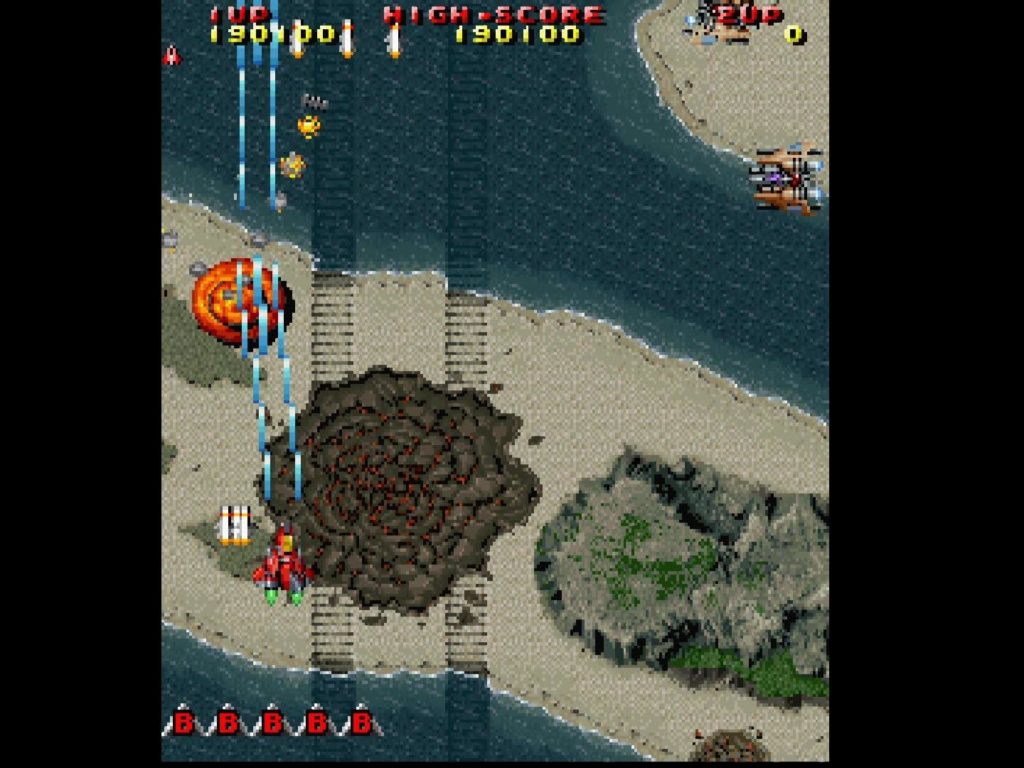
I feel like those early days playing Raiden Project instead of Ridge Racer ended up being something of a defining gaming influence for me — and a big part of why I love shoot ’em ups so much today. Even though I still suck at them.
Join The Discussion
Rice Digital Discord
Rice Digital Twitter
Rice Digital Facebook
Or write us a letter for the Rice Digital Friday Letters Page by clicking here!
Disclosure: Some links in this article may be affiliate links, which means we may earn a small commission if you make a purchase after clicking on them. This is at no additional cost to you and helps support Rice Digital!
- Letter from the Editor: passing the torch - June 30, 2023
- Super Woden GP 2 is looking promising - June 30, 2023
- Inti Creates is making a 32 bit-style Love Live action platformer - June 26, 2023





